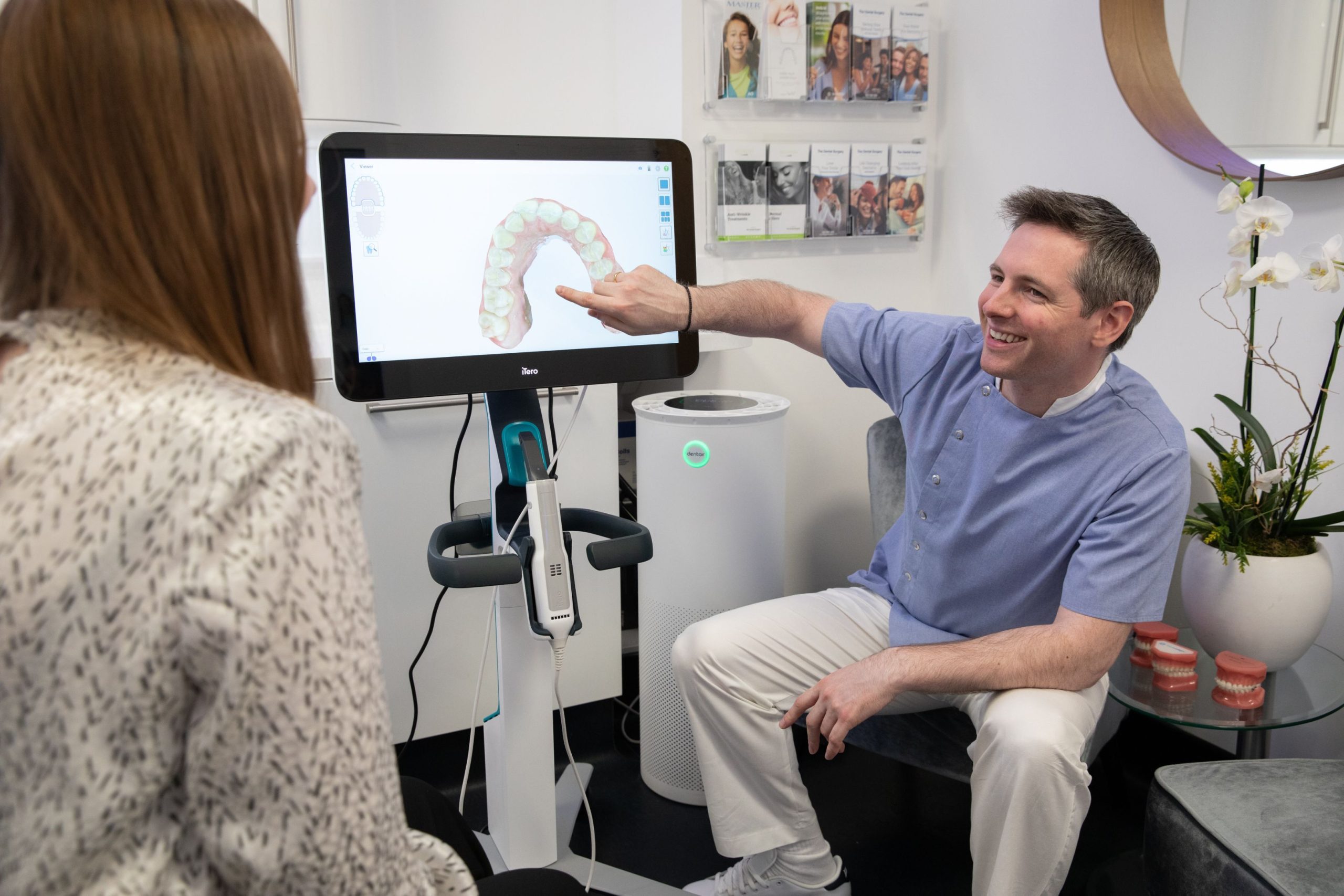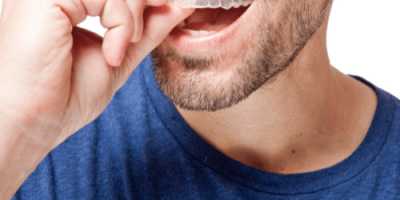- Categorised as:
- Dental Hygiene
- Periodontics
Gingivitis: What Foods to Avoid to Help Keep Gums Healthy
It’s common to start searching Google when you are concerned about healthy gums and the condition gingivitis (inflammation of the gums). It’s common too to focus on foods to avoid to help keep your gums healthy, but be warned: you will find a lot of results that seem broadly similar.
There are pages titled 10 foods to avoid, 15 foods to avoid, 20 foods to avoid, we even found one called 50 foods to avoid!
At The Dental Surgery, one of London’s leading private dental practices, we are as aware as anyone which foods are best to avoid. Don’t worry, we’ll get to them soon.
However, we will also take a slightly different approach, offering some advice on how best to keep your gums healthy and why closely controlling your diet can only ever be, at best, part of the solution.
The problem with simply listing foods to avoid is that there are so many of them. The list quickly looks prescriptive; it is natural then to start wondering just what is OK to eat and drink.
The obvious items
Food or drink high in sugar – you knew this one already. It is neither possible nor desirable to completely remove sugar from your diet, but limiting sugar intake, and especially refined sugars, is beneficial for a lot more than just dental hygiene.
Xylitol is often recommended as an alternative to these sugars, for instance chewing gum sweetened with xylitol helps to neutralise plaque acidity and so has some beneficial effects.
Sugars are of course found in sweets and energy drinks, but common snacks such as dried fruits are also problematic. So too any sugar added to tea and coffee (and, spoiler alert, more on those drinks later).
Sugars that linger in your mouth, potentially coating your teeth, are worse than those you swallow quickly – so avoid those lollipops and cough sweets when possible.
Acidic food – acidic foods can eat away at your tooth enamel and lead to cavities, they can also create an environment in which harmful bacteria thrive.
However, acid is not only found in the evident culprits like pickles and alcohols, otherwise healthy foods such as tomatoes or citrus fruit are high in acid.
Pairing acidic foods with acid-neutralising foods such as chicken or lean beef reduces the impact but, as with sugars, entirely removing acidic foods from a diet is not possible. We are going to need a strategy beyond simply bowdlerising problematic items.
Oh, coffee is also acidic. That’s the second mention of coffee. It won’t be the last.
Other offenders
There are other foods you would look to avoid if solely concerned with maintaining healthy gums and avoiding problems like gingivitis. Many of them are not at all obvious.
Foods that dry out your mouth – These are to be avoided because they reduce the chief defender against bacteria – your saliva.
The most common offenders in this category are drinks – alcohol and coffee (yes, coffee again).
It is easy to see how things can conspire to create the perfect environment for bacteria to thrive, and with it, gingivitis to appear. A few snacks during the day, a coffee or two and maybe wine or beer post work, that’s before we’ve even got to the next offender.
Bread and other foods high in starch – Do you dine on sandwiches for lunch, or maybe have a portion of chips with an evening meal? That might seem a benign choice, but the reality is that these simple carbohydrates hang round in your mouth and dissolve into those simple sugars so beloved by bacteria.
Soda, sports drinks and energy drinks – Just avoid them if possible, they don’t even have the nice taste of alcohol or a great cup of coffee.
Why an all-round approach is required
Avoiding foods is not the answer.
Having set out to look at which foods are best avoided in order to maintain healthy gums and to reduce the risk of associated problems, we have just served to paint a picture of how difficult it is to avoid these foods.
Many foods have the potential to be problematic. Bacteria are not hugely fussy and will feed on the scraps left over. A typical day is likely to be full of foods that would be on a list of those things to be avoided. In short, avoiding all the foods that we could list is impractical – we certainly don’t avoid them all.
“Gum disease is common”
Gum disease and gingivitis are not unavoidable, but both are incredibly common – more than half the UK adult population has some degree of gum disease.
At some stage, almost everyone will have gum disease, as scary as that sounds, though, for most it will be a routine case of gingivitis, a condition easily treated by your hygienist.
The fact that it is so common also shows there is no need for embarrassment. Gingivitis might be painful, it may lead to bleeding gums and be associated with halitosis, but it is also a common occurrence and can be dealt with.
A further positive is that while gingivitis cannot effectively be treated at home, a specialist deep clean by a hygienist, removing all the plaque off the teeth and from under the gums will see the swelling subside over time.
It is at this stage that improved dental hygiene, and potentially cutting out or cutting back on a few of the worst offending food items, becomes key to prevent any return of the condition.
Making other lifestyle changes can also be beneficial, for example cutting down on smoking. We will explore some of the lifestyle changes that could boost your long-term dental health in a future blog post.
Gingivitis and Periodontitis
In the longer term, bleeding gums and gingivitis can lead to a more serious condition called periodontitis if left unchecked.
Periodontitis is far more destructive, eating away at the bone and gum, the potential results of which are obvious, teeth becoming loose, with the eventual risk of tooth loss.
We have already mentioned how the majority of adults have some degree of gum disease, three statistics relating to periodontitis stand out.
- The most recent national dental health survey found 54% of adults had moderate signs of the condition.
- A 2009 survey found that 37% of the adult population suffers from moderate to chronic levels of periodontitis. Globally, severe periodontitis has been found to affect 11% of the adult population.
- Periodontitis is the sixth most prevalent disease in the world, it has been significantly linked to negatively impacting general well-being and longevity.
Periodontitis can often be present for decades without diagnosis and treatment, that can be because the symptoms will initially feel the same as with more mundane gum issues – inflammation and bleeding gums. However, longer-term, it is causing far greater damage and needs treatment by a periodontist in London.
Given gingivitis is easy to treat and periodontitis so destructive, it really is in your interest to arrange an appointment.
If you would like to see a hygienist or periodontist in the City of London for more information about your gum health, please contact us.
Right, we’ve kept you long enough – go and have a drink, just make sure it isn’t an energy drink. Or soda. Or Coke. Or alcohol. Or coffee.
Do you have a specific question?
Get in touch with us today.



